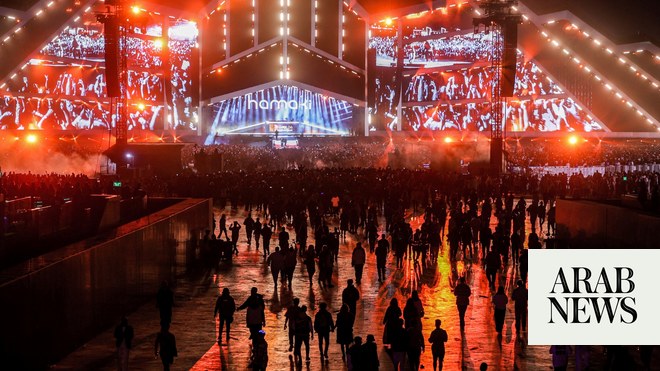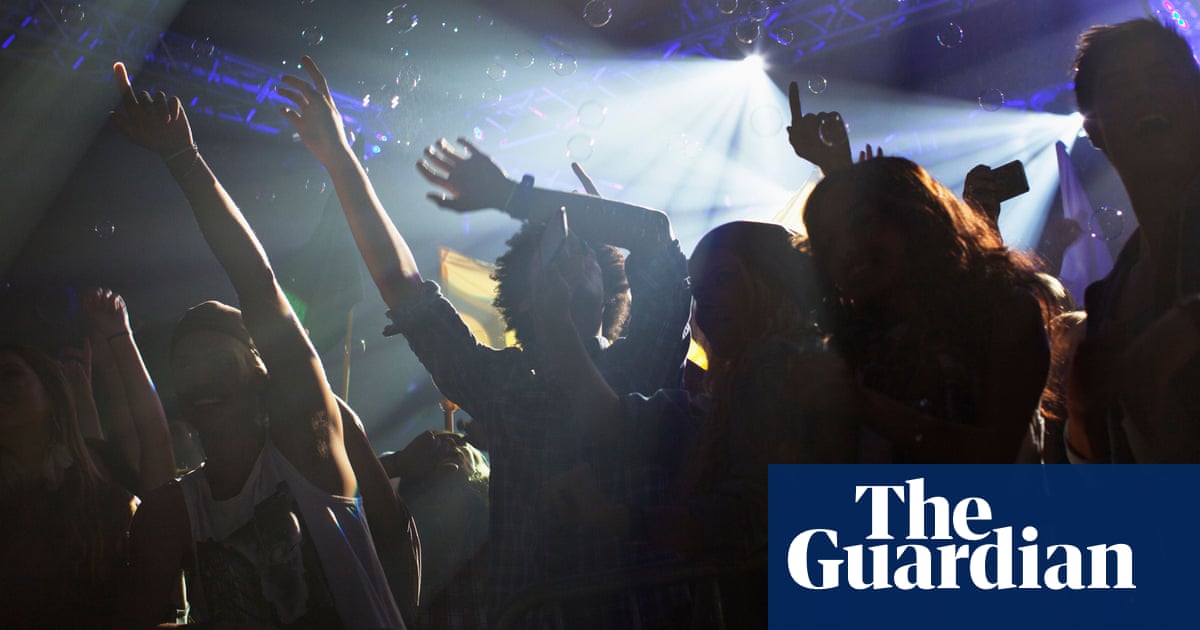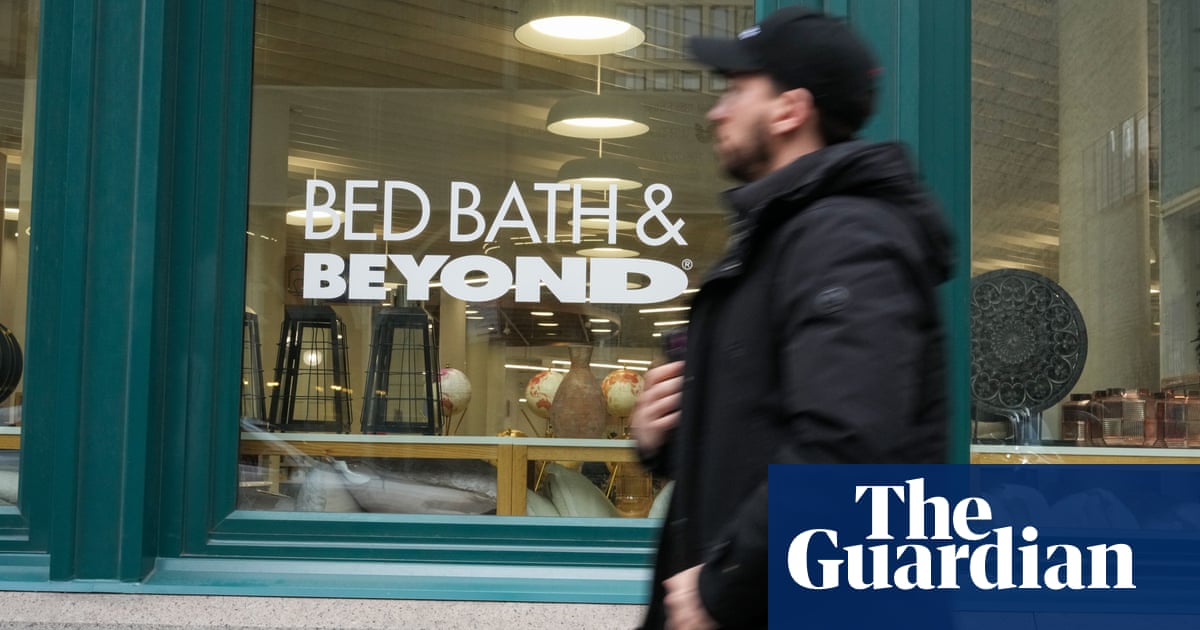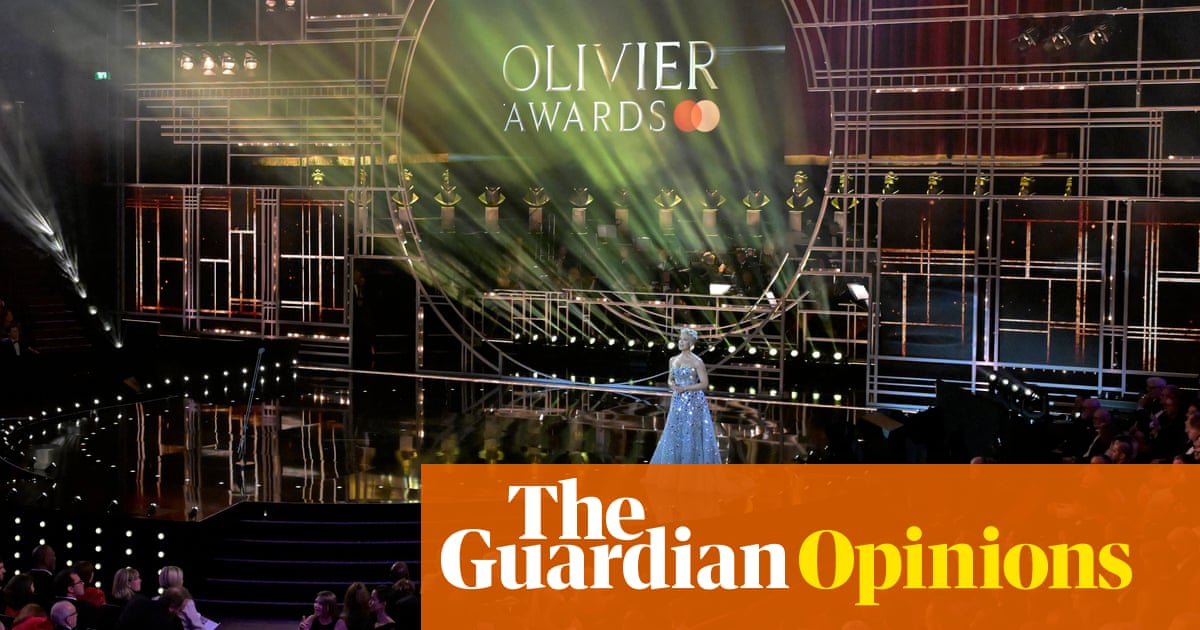
With litter strewn across the streets, the heavens opening, and drawn faces on every comic who didn’t make the awards shortlists, there’s a post-apocalyptic feel to the end of this year’s Edinburgh fringe. Is it just the bin strike and the undeniable fact that the festival is far too long? “The only thing that should last a month,” as the comic Sarah Keyworth joked, “is a month.” Or is there more to it, a sense – long brewing, ever harder to ignore – that the fringe festival model is broken? “Ultimately,” as the comedy producer Owen Donovan tweeted, “it comes down to a lot of people having a shit time, both those on and offstage.”
I’ve spent my whole professional life loving the Edinburgh fringe, a wonder of the cultural world. Where else do creativity, youthful resourcefulness and idealism, the urge to experiment and the need to hustle, ever come together so intensely – and in such glorious profusion? And with a gorgeous castle-on-a-freaking-volcano backdrop to boot? But in recent years, my enthusiasm has been increasingly smothered by caveats: that the fringe is too absurdly expensive for artists, to a degree that excludes many; that it’s insufficiently diverse; that it can be overwhelming, gruelling and lonely for many of the people taking part.
This year, these conversations felt louder than ever. A new generation, and rising standards around access and inclusion, have understandably lowered tolerance for the fringe’s peculiarities – the impossibly high turnover of shows, say, or the whiter audiences than you find in London (where many of the participants make their living), or all that sitting tightly packed in dank underground catacombs, having first scaled some impossibly steep cobbled slope to their front door. Add to this audience numbers being down 25% on pre-pandemic years, the diminution of mainstream media coverage, and the disappearance of several features (the fringe app, the Half Price Hut, the Total theatre awards) that helped level the event’s uneven playing field, and more artists are asking themselves: is it worth the candle?
For some, the answer is still yes. It’s not just a myth that the festival is a seedbed for the entertainment stars of tomorrow. To cite only recent examples, Channel 4’s Taskmaster, the BBC’s Starstruck, and Alma’s Not Normal, and This Is Going to Hurt – they all have their roots on the fringe. (See? I didn’t even mention Phoebe Waller-Bridge …) Would they have happened anyway? Maybe – but I’d give some credit to that #edfringe atmos, the premium it places on experiment and novelty, the cross-fertilisation of creativities at play. Could that be easily recreated elsewhere? I’d like to see you try.
And make no mistake: there were a good few Waller-Bridges and (that other go-to example of Edinburgh star-making) Tom Stoppards in embryo this August. In theatre, Haley McGee proved a real tour de force with Age Is a Feeling, tracing our journey from young adulthood to death, while Karim Khan won the Popcorn prize with the “vital and moving” Brown Boys Swim. In comedy, Leo Reich’s satirical standup on Gen Z self-absorption announced the arrival of an extraordinary talent. And Jordan Gray – working-class, trans and supernova-ing from the stage – told audiences on Friday night: “This has been the best month of my life.” The fringe can still have that effect on people, from all backgrounds.
But it’s never just about the talent. It’s about the get-together. It’s about taking the temperature of where the culture is at, and where it’s heading. The eclipse of the great white male? That’s here in theatre (Brokentalkers’ Masterclass) and comedy (Jayde Adams’ Men I Can Save You). Fracturing mental health as we stagger out of a pandemic and into a country teetering on the brink? Good luck finding the comedy shows that don’t address that. Woke – and the war on it? The fringe is a crucible for that conversation, in maverick shows by rookie talents (Sam Nicoresti’s Cancel Anti Wokeflake Snow Culture) and in the debate about the cancellation of veteran comic misanthrope Jerry Sadowitz.
That all happens elsewhere, too, you could argue. Yes, it does – but there’s value in creating spaces where it can happen in concentrated form. Where, for just a few weeks a year, art and ideas are the conversation, not the afterthought. I was struck by the novelist Elif Shafak’s response to the attack on Salman Rushdie a fortnight ago, which she construed as an attack on the literary festival itself: “One of our last remaining democratic spaces … where one can both speak one’s mind freely [and also] hear someone else’s story.”
At a time when cultural spaces are closing, the study of the humanities threatened, funding for the arts shrinking, nuance falling out of fashion and censoriousness on the rise, we need to defend events like the Edinburgh fringe, where art, imagination and play are amplified and celebrated, not undermined.
But to defend it, we need to reform it. It’s not right that artists must ransom their futures to the cost of their Edinburgh accommodation, and that many (particularly those from backgrounds already marginalised in the arts) can’t afford to come at all – or don’t feel welcome when they do. These concerns are not being adequately addressed, in part because there’s no central authority with sufficient jurisdiction to do so. The fringe is unregulated, wonderfully so, you might say, when it’s working. But – spoiler alert – laissez-faire only takes you so far. The lack of anyone to take responsibility is a problem right now.
The Edinburgh festival started with a noble vision 75 years ago, to heal the wounds of war with the balm of culture. Is that a dream worth fighting for? Or should we accept – as Tim Crouch suggests in his fringe hit Truth’s a Dog Must to Kennel – that live performance, and our liberal aspirations for it, are a busted flush? Is persisting with the fringe, in Crouch’s formulation, “like keeping your dead mum in the freezer to claim the pension”?
Let’s thrash it out. A statement posted yesterday by the fringe’s eight major producing venues protested about the “soaring accommodation costs” that threaten the fringe’s sustainability. We need a constitutional convention, these venues urged, at which everyone – Edinburgh city council, local residents, the Fringe society and the EIF, Creative Scotland, the Arts Council, performers and representatives from their industries – assembles to map a route forward. We’re now approaching “change or die” territory. And “die” would be a terrible waste.
For all its problems, the fringe is a jewel in the crown of this country’s – and the world’s – cultural life. We would miss it if it were gone. Let’s create a festival fit for the heroes who year after year bring their dreams, their creativity and their – still, in spite of everything, but for how long? – indomitable spirit to Edinburgh.












